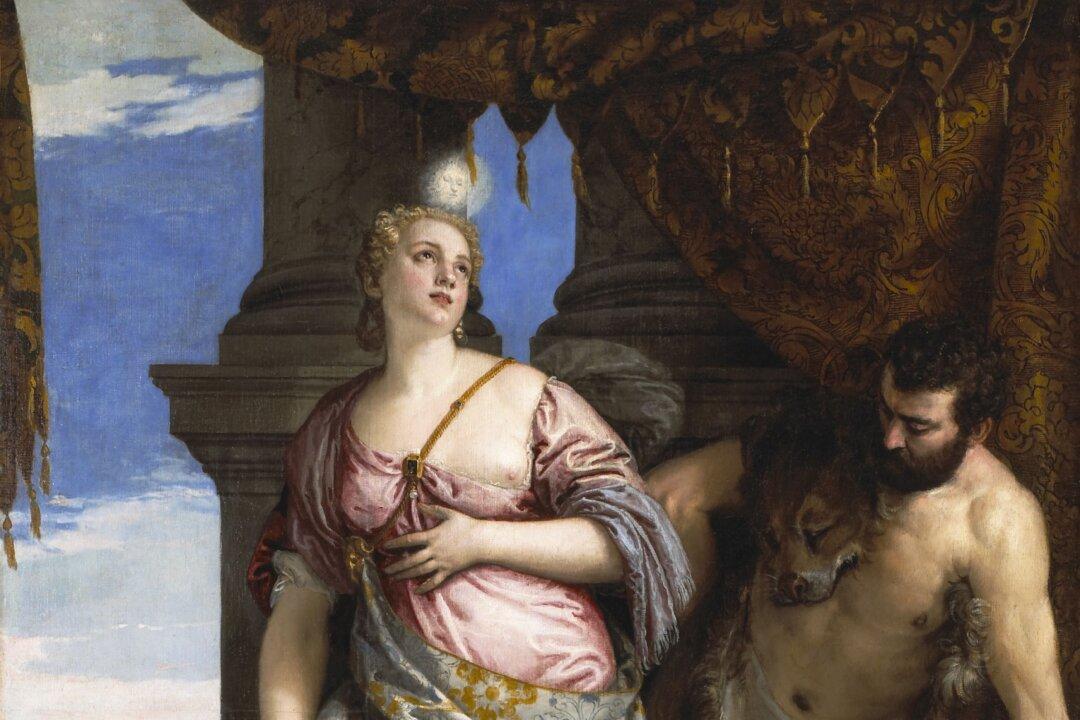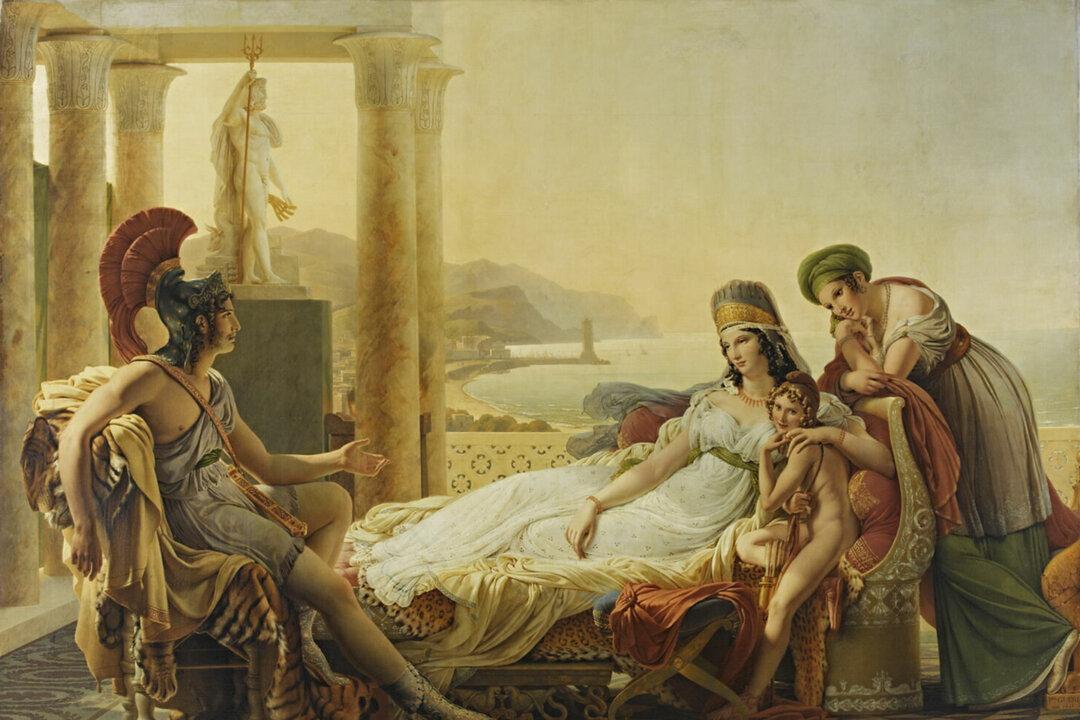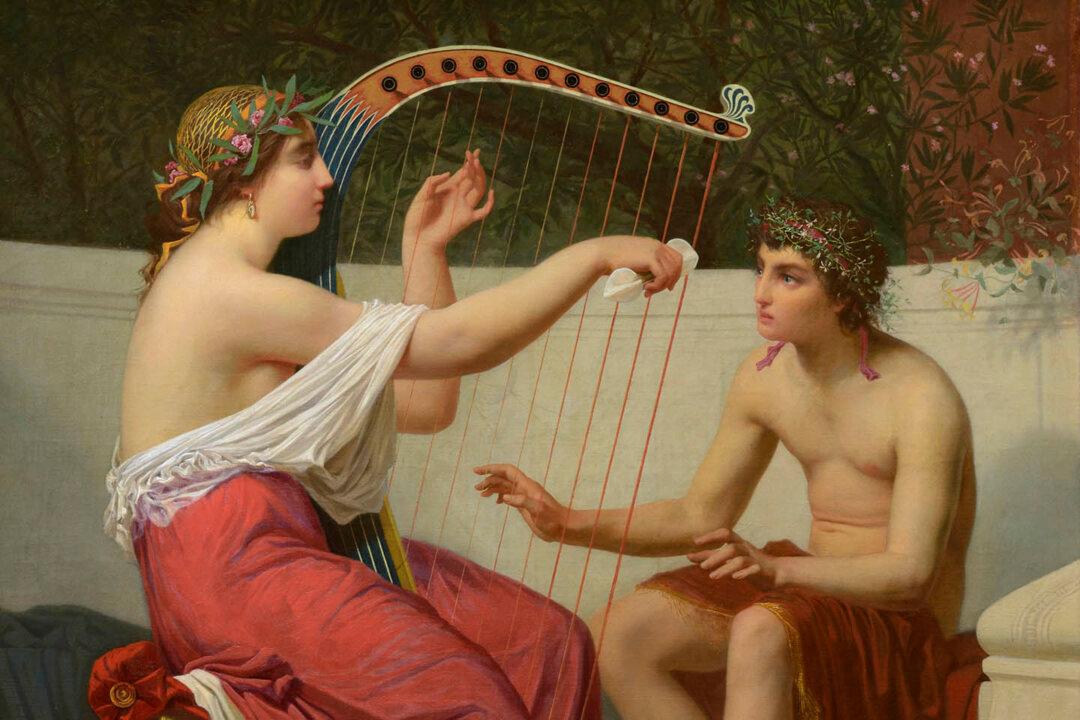Few cities capture the romantic imagination quite like Venice, and its winding canals, picturesque buildings, and shimmering lagoon have intrigued visitors for centuries. Its unique geography—118 islands connected by a network of over 400 bridges—literally and figuratively sets it apart from the Italian mainland.
In art, this seclusion allowed the Renaissance to flourish in a way that was distinct from the more widely known developments in Florence, Rome, and other major Italian cities. Because of its strategic position on the Adriatic Sea and its formidable merchant class, Venice earned a position as Europe’s capital of international trade by the late Medieval era. Although the Venetian Republic was in decline by the early 16th century, the arts were politically protected, ensuring the city’s cultural significance for posterity.





